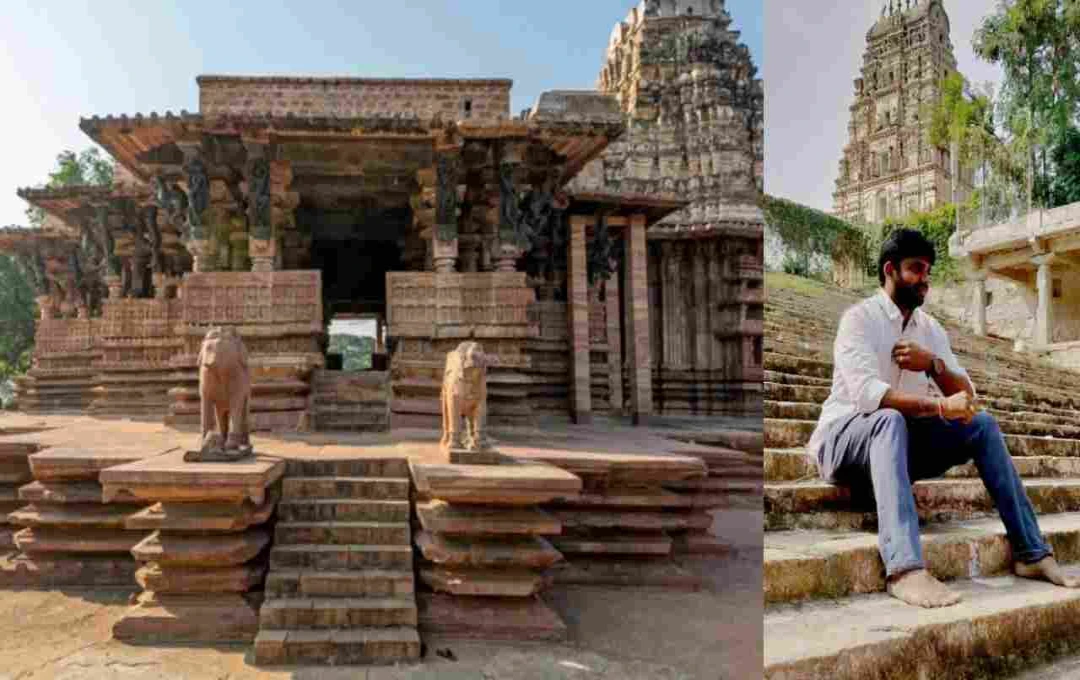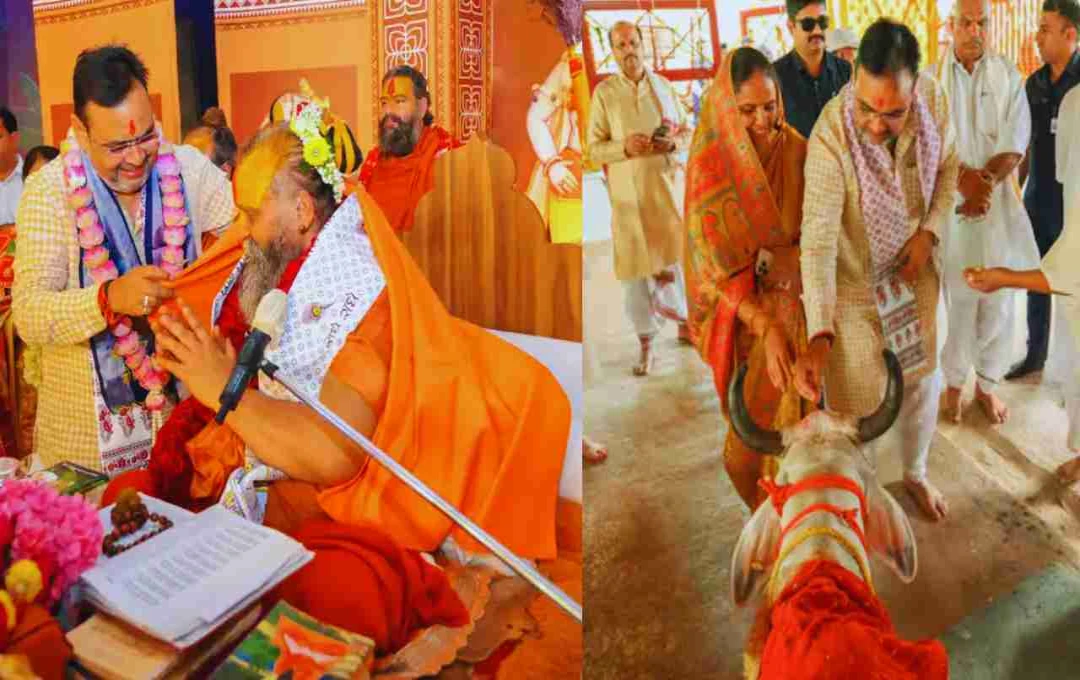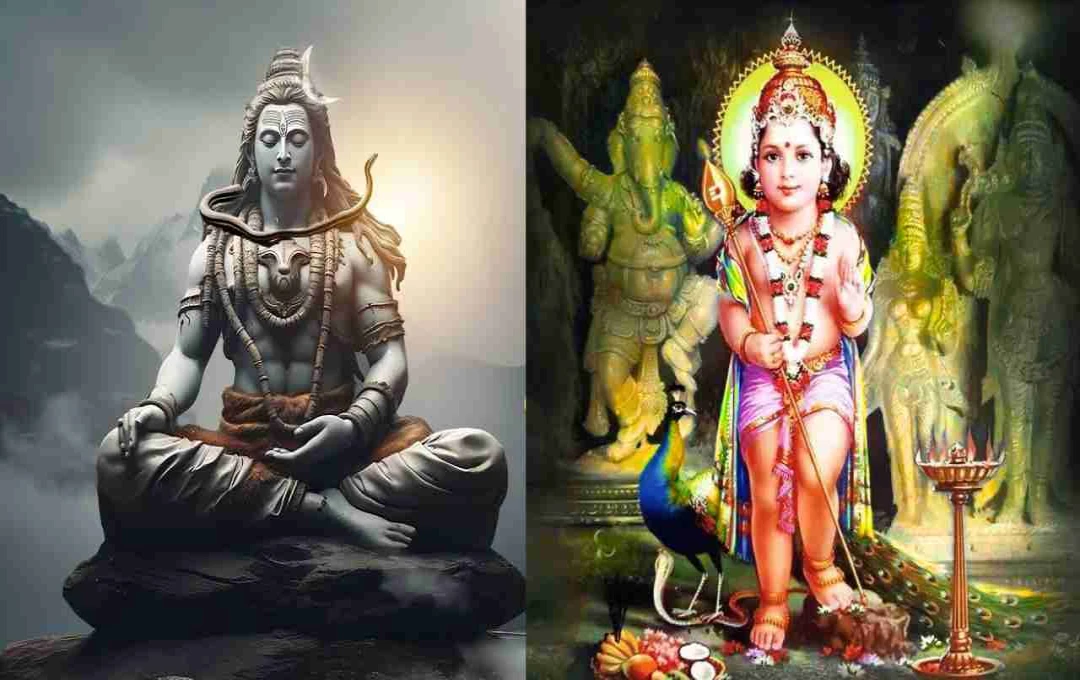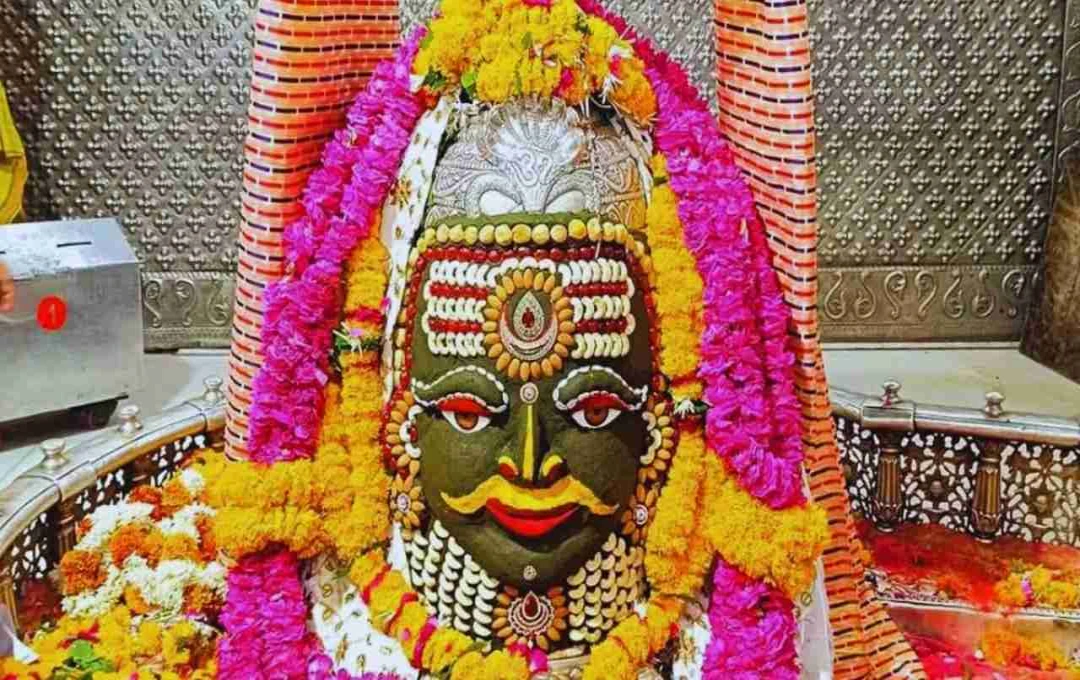In Sanatan Dharma, sitting on the steps of a temple is considered an important part of worship. According to scriptures, these steps are like the feet of God, where devotees find mental peace and their wishes are fulfilled quickly. This tradition is also a source of spiritual energy.
Sitting on the Steps After Temple Visit: In Sanatan Dharma, this practice is quite old and significant. The steps of the temple are considered like the feet of God, so devotees feel close to God by sitting here. During this time, devotees find mental peace and pray for their wishes. Sitting on the temple steps is not only a part of religious faith, but also a means of attaining spiritual energy and purifying the mind.
Temple Steps: Like the Feet of God
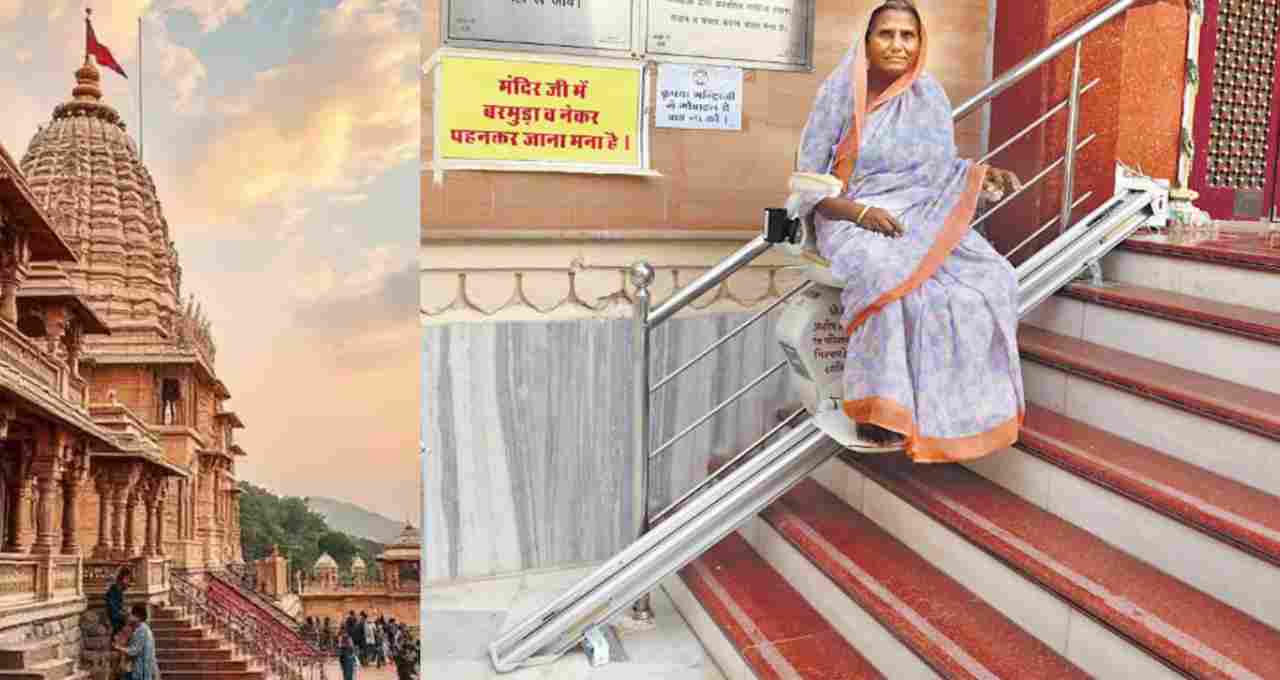
In the scriptures of Sanatan Dharma, the construction of the temple is designed according to the form of God. It is believed that the peak of the temple is the face of God, while the steps built below are like His feet. Therefore, when devotees sit on the steps of the temple after worship, they believe that they are sitting directly near the feet of God.
This position is extremely auspicious and sacred for the devotees because they feel the presence of God even more closely at that time. During this time, their mind becomes pure and they are absorbed in the devotion of God. According to the scriptures, by doing this, the wishes of the devotees are fulfilled quickly and they experience mental peace and spiritual energy.
Source of Mental Peace and Spiritual Energy
Sitting on the steps of the temple is not just a tradition but also a form of meditation. The internal tensions, worries, and thoughts that arise in the mind during worship, end by sitting at this time. Devotees calm their minds by sitting near the feet of God, which helps them to be stress-free and cheerful.
Sitting here, the thoughts of the mind become concentrated and the devotee feels connected to God. This is the reason why sitting on the steps of the temple for some time becomes a source of meditation and peace for many people. This not only provides spiritual benefits, but also improves mental health.
Shloka to be Recited While Sitting on the Temple Steps
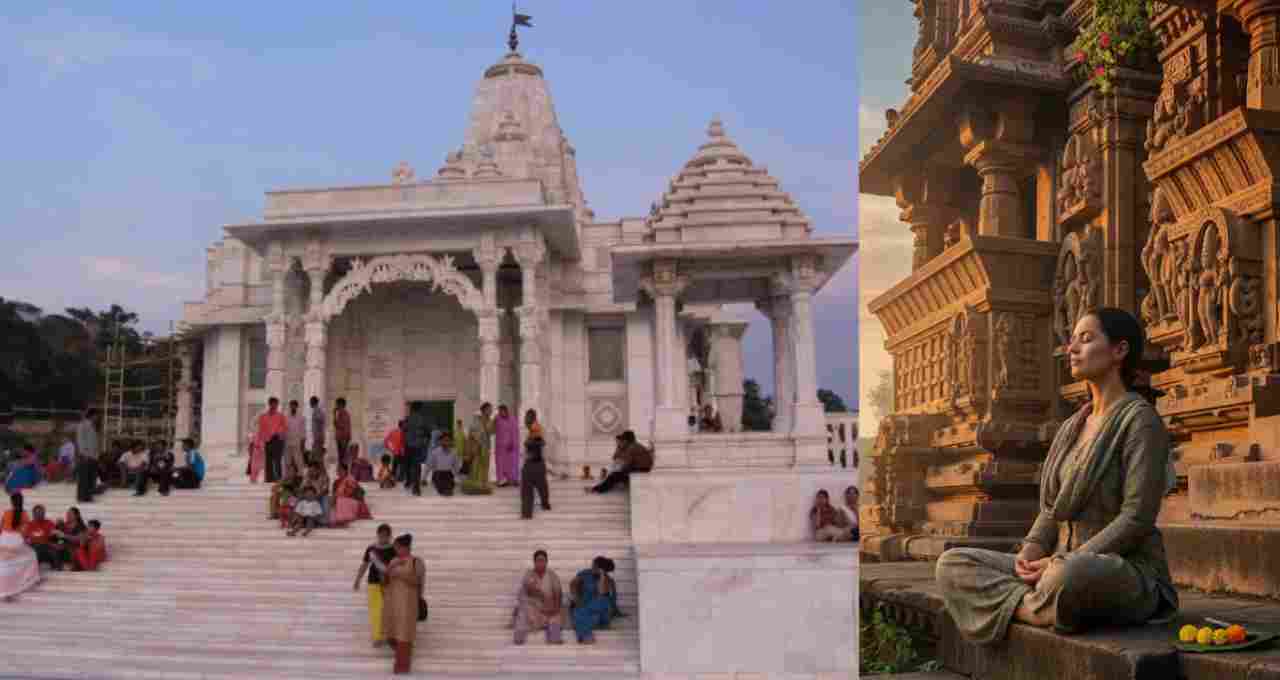
In the scriptures, it is also advised to chant a special shloka while sitting on the steps of the temple, which helps in attaining happiness, peace, and salvation in the life of the devotee. This shloka is as follows in Sanskrit:
अनायासेन मरणम्, बिना दैन्ये जीवनम्।
देहान्त तव सानिध्यम्, देहि मे परमेश्वरम्।।
The meaning of this shloka is "May I attain such death which is without any suffering, and may I get such a life in which there is no sorrow. O God! Grant me death in your presence."
It is extremely important to have faith and devotion while chanting this shloka. This mantra works to liberate the devotee from the uncertainties of life and death and bestows the blessing of spending life in the presence of God.
Sitting on the Temple Steps: An Old Tradition
The tradition of sitting on the steps of the temple is centuries old. In ancient times, when people went to the temple to worship, they did not return in haste. After worship, they would spend some time sitting outside the temple or on the steps, expressing their thoughts to God, meditating, and attaining mental peace.
Although this tradition is diminishing in today's busy life, it is necessary to understand its importance. It is not only a part of our cultural heritage, but it is also a means of refreshing the mind and soul. Devotees who adopt it experience greater mental stability, spiritual advancement, and happiness and peace in life.
